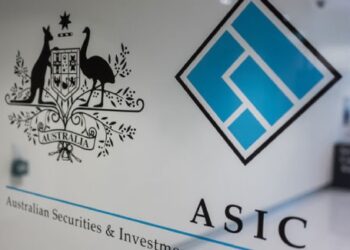The Reserve Bank has announced its latest rate decision, after last month’s surprise move fuelled strong market expectations of a cut.
The ‘new’ Reserve Bank (RBA), as dubbed by economists last month, has this month met expectations and delivered a 25-basis-point interest rate cut and bringing rates to 3.6 per cent.
In its post-meeting statement, the RBA disclosed that all nine board members voted in favour of a cut.
The bank said: “With underlying inflation continuing to decline back towards the midpoint of the 2–3 per cent range and labour market conditions easing slightly, as expected, the Board judged that a further easing of monetary policy was appropriate.
“The board nevertheless remains cautious about the outlook, particularly given the heightened level of uncertainty about both aggregate demand and potential supply.
“It noted that monetary policy is well placed to respond decisively to international developments if they were to have material implications for activity and inflation in Australia.”
The RBA reiterated that it will be attentive to data and the evolving assessment of risks to guide its decisions and maintains its focus on its mandate to deliver price stability and full employment by any means it “considers necessary”.
In the lead-up to Tuesday’s decision, the central bank’s deputy governor Andrew Hauser said the second-quarter CPI rise of 0.59 per cent met expectations and was “very welcome”.
This endorsement led the market to a consensus agreement that a rate cut would materialise in August, after the bank delivered a blow in July by choosing to keep rates on hold despite a majority of economists branding a cut a done deal.
Ahead of the RBA’s latest announcement, Deutsche Bank chief economist Phil O’Donaghoe said: “We expect a 25bp cut from the RBA at its August meeting, a 9-0 vote, no material changes to inflation or labour market forecasts but possibly a more upbeat assessment of near-term consumption.
“Given that pricing assumes it probably isn’t, forward guidance that indicates September is ‘live’ for a follow-up cut could be the most notable aspect of this meeting.”
CBA’s economist Harry Ottley similarly said a 25 bp cut was “a straightforward decision” and noted that since July’s “shock” call, “the data flow has largely evolved as expected”.
“The CPI together with the labour force data reinforced the economy is performing as expected and the RBA Monetary Policy Board should continue their cautious easing cycle in August,” Ottley said.
“We see a consensus decision to cut the cash rate this month. If the data evolves as expected a follow up rate cut should be delivered in November.”
July’s unexpected call did, however, shake the confidence of some market pundits with MLC Asset Management’s senior economist Bob Cunneen noting this week that a cut was “not a certainty”.
“July’s surprising decision by the RBA to keep interest rates steady represented a majority view then to wait for more convincing evidence that ‘inflation would sustainably return to target as forecast before easing policy further’,” he added.
“Arguably this evidence is now available with the moderate June CPI data. However, the RBA can still point to some future risks that inflation could accelerate back above 3 per cent in the medium term.”
As at 11th August, the ASX 30 Day Interbank Cash Rate Futures August 2025 contract was trading at 96.315, indicating a 51 per cent expectation of an interest rate decrease to 3.35 per cent.




